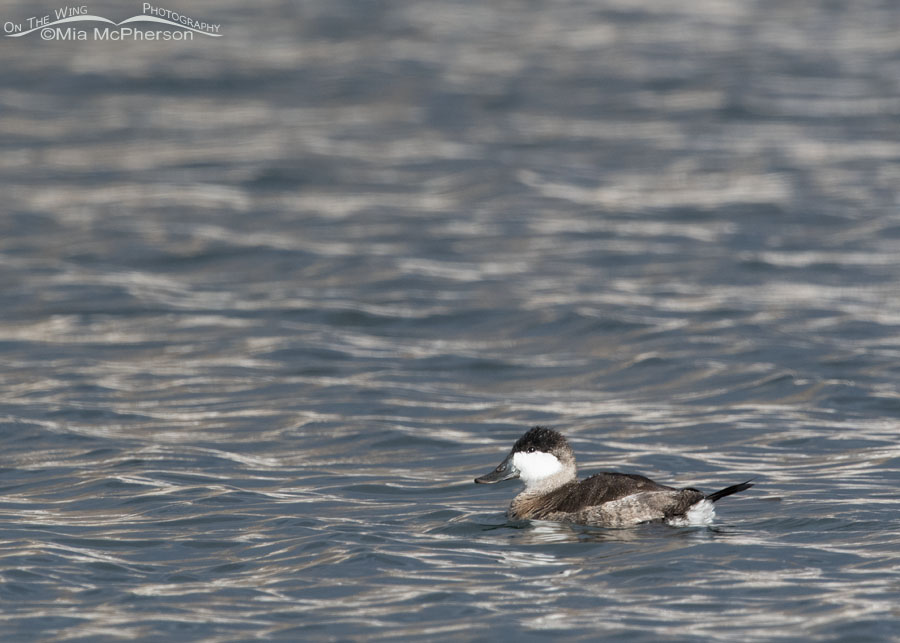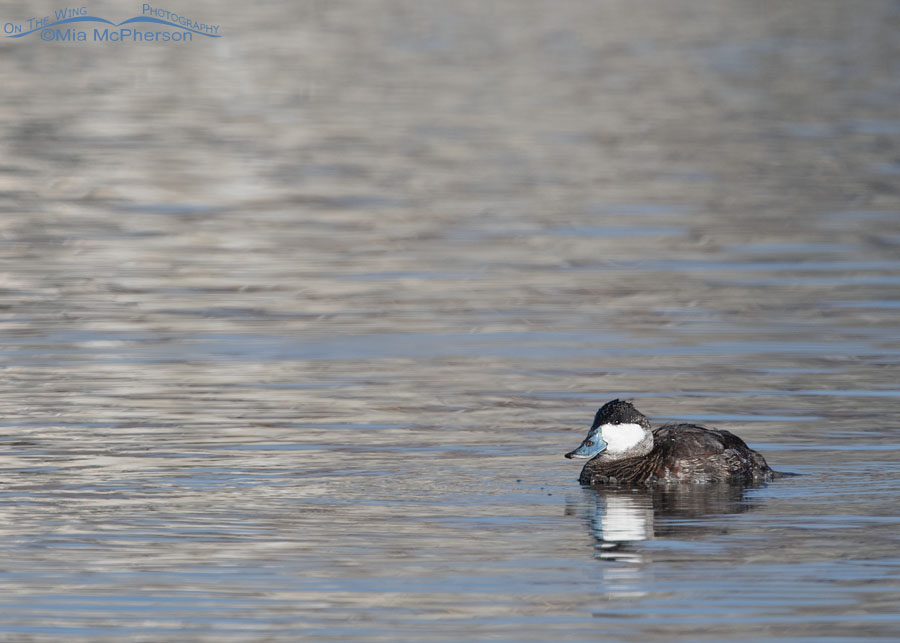Just 20 days can make a big difference in the way this Ruddy Duck drake looks. His bill is a lot bluer now than it was when I first saw him at my local pond.
 Ruddy Duck drake on November 25, 2023 – Nikon D500, tripod mounted, f8, 1/2000, ISO 1000, Nikkor 500mm VR with 1.4x TC, natural light
Ruddy Duck drake on November 25, 2023 – Nikon D500, tripod mounted, f8, 1/2000, ISO 1000, Nikkor 500mm VR with 1.4x TC, natural light
Ruddy Duck drakes are known for going into their breeding plumage later than most other ducks in North America.
But this Ruddy Duck drake?
He has surprised me. You’ll see why in the next photo.
 Ruddy Duck drake on December 15, 2023 – Nikon D500, tripod mounted, f8, 1/2000, ISO 640, Nikkor 500mm VR with 1.4x TC, natural light
Ruddy Duck drake on December 15, 2023 – Nikon D500, tripod mounted, f8, 1/2000, ISO 640, Nikkor 500mm VR with 1.4x TC, natural light
Just twenty days after I took the first photo, this drake Ruddy Duck’s bill is a lot bluer. In fact, it is practically all blue now, which is earlier than I would have expected.
Plus, if you look closely, you can see chestnut-colored feathers on his flanks. The males of this species have chestnut-colored bodies in breeding plumage. He had no chestnut colored feathers on his body just twenty days ago.
I don’t know why this drake Ruddy Duck is transitioning into breeding plumage this soon, but I find it fascinating. I plan on continuing my observations of this male duck if he and his mate stick around at my local pond.
Birds? They make life interesting.
Life is good.
Mia
Click here to see more of my Ruddy Duck photos plus facts and information on this species.


A good-looking guy strutting his stuff early for the ladies. Cool pics. Thanks Mia.
I wonder if it is the same pair from last year, they were fun to watch.
He is really getting a move on isn’t he? I look forward to seeing more of him. Thank you.
Wow he does have a blue beak Thanks for showing and telling us about them. You keep up the nice work, and have a Merry Christmas.